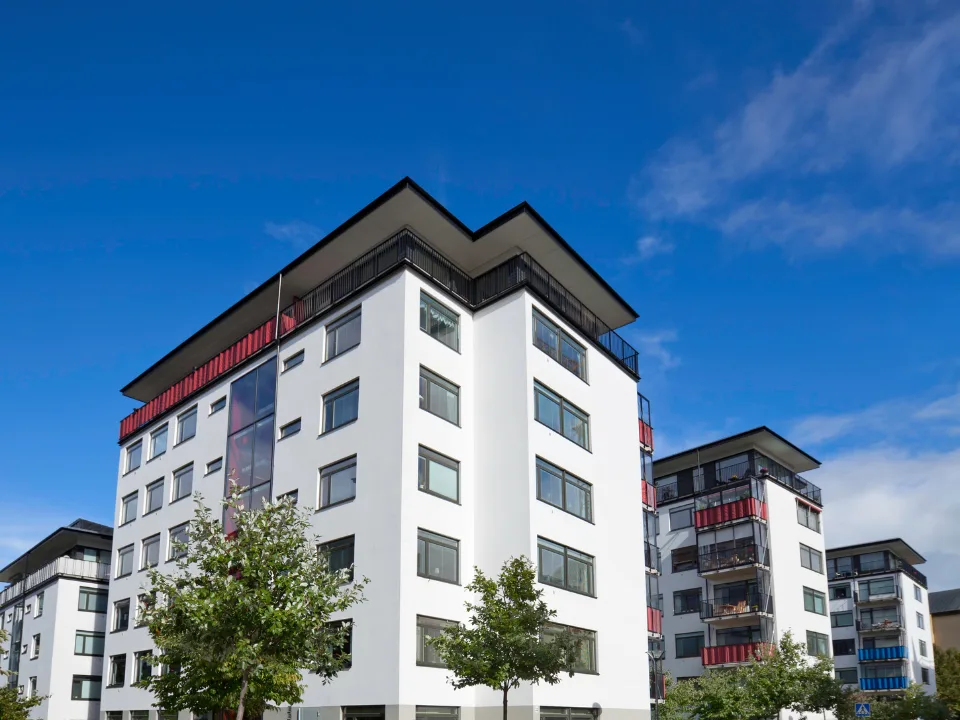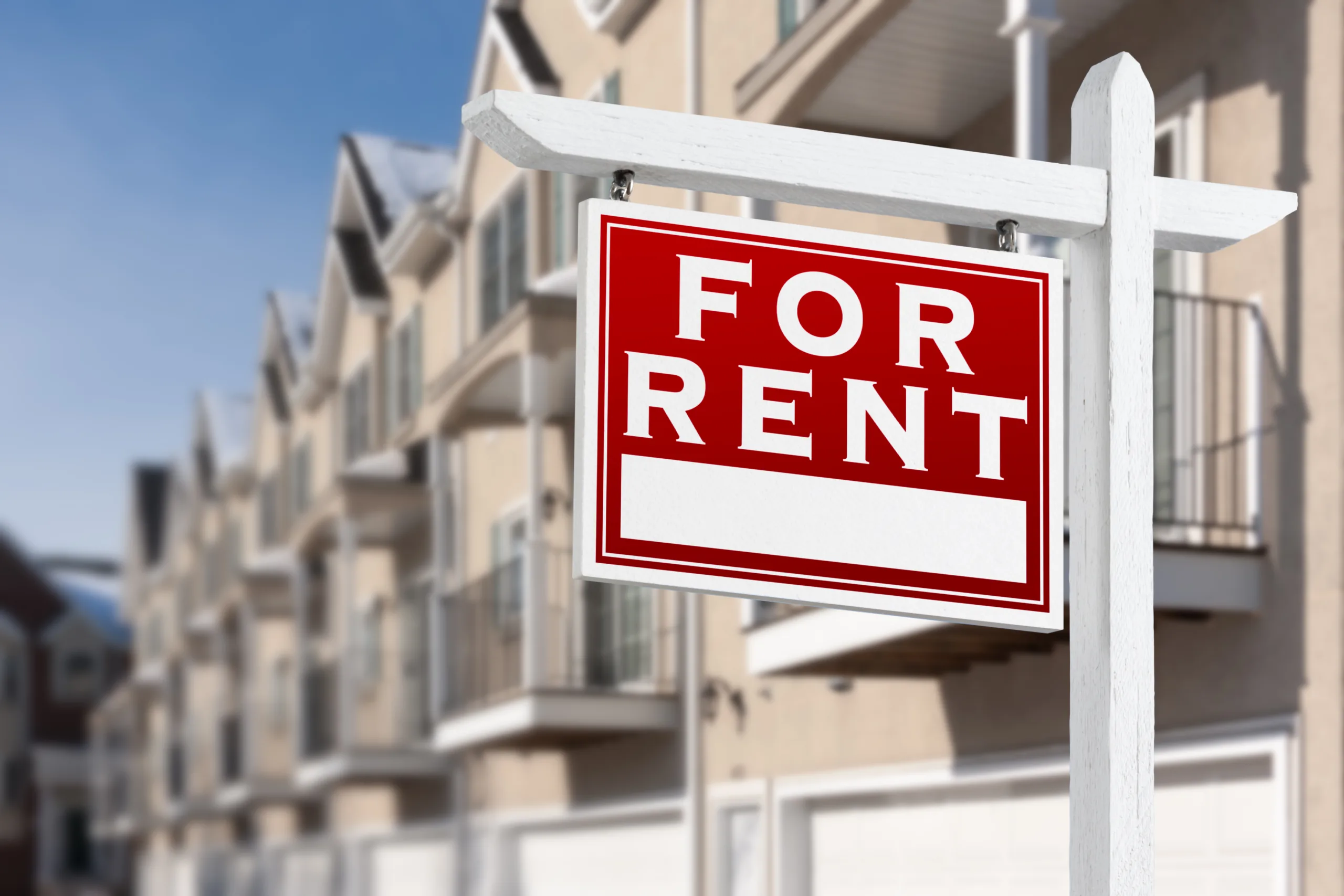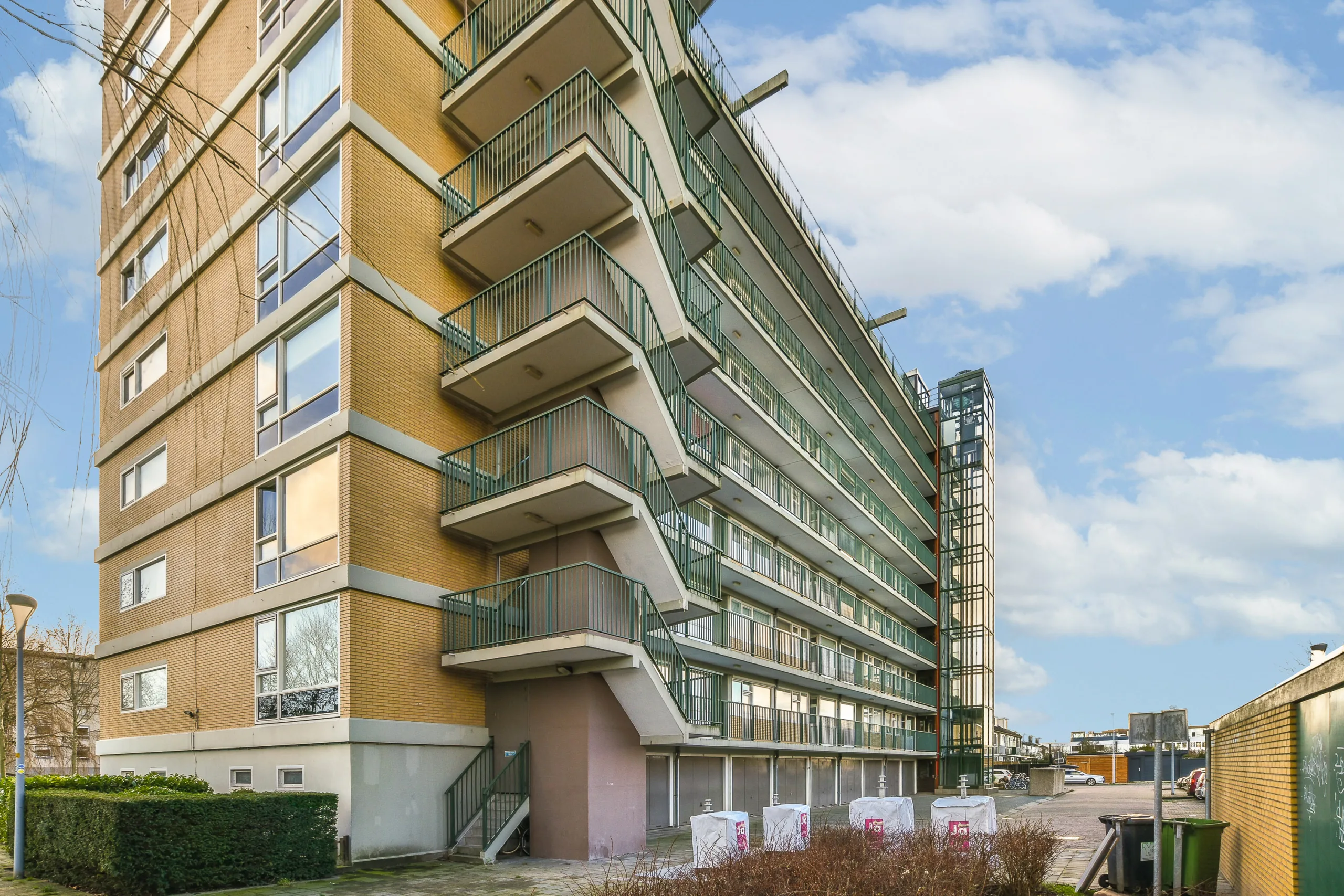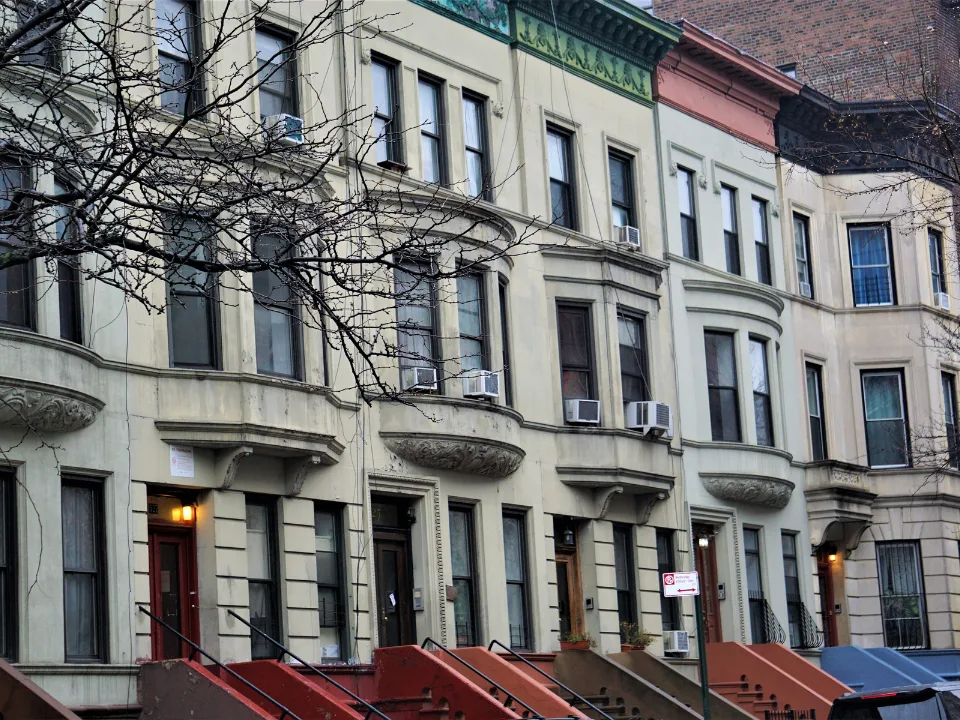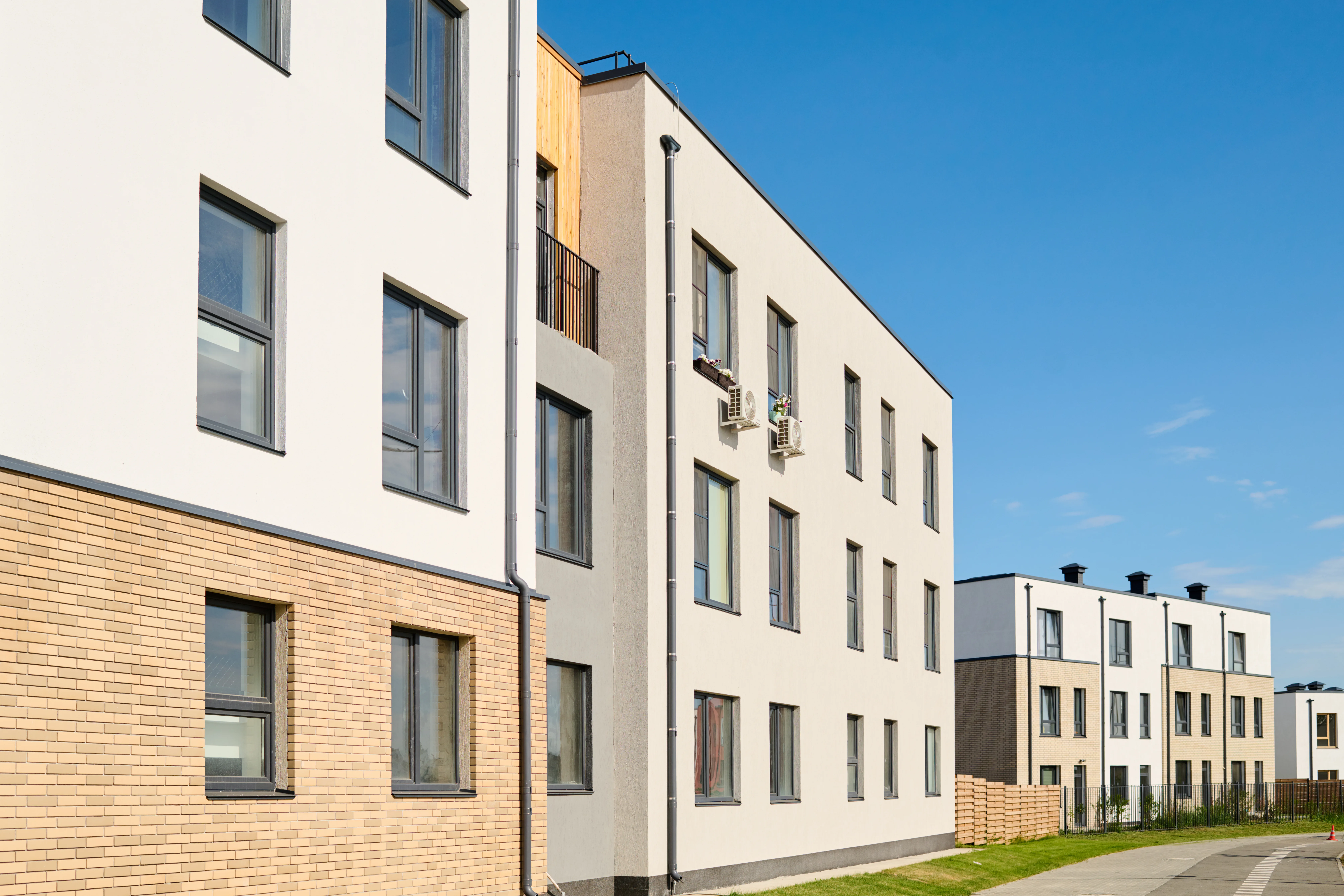- Total multifamily inventory rose 2.9% year-over-year, reaching close to 20M units after adding approximately 577,000 new apartments.
- Net absorption totaled over 707,000 units, more than double last year’s figure, signaling a robust rebound in rental demand.
- National occupancy climbed to 95%, driven by strong renewals and over 900,000 new households formed in the past year.
A Robust First Quarter for Multifamily
Multifamily inventory in the US surged toward a milestone, nearing 20M total units by the end of Q1 2025, as reported by Globe St.
According to Berkadia’s latest national multifamily report, around 577,000 units were delivered over the past 12 months—marking a 2.9% increase in supply.
But demand more than kept pace. Net absorption during the same period hit 707,871 units, driven by continued household formation and economic growth. This figure more than doubles the prior year’s absorption rate, underlining a market-wide resurgence in apartment demand.
Occupancy and Rent Trends
National occupancy rose 90 basis points to reach 95%, as resilient renter demand, lease renewals, and limited move-outs strengthened fundamentals. Simultaneously, US households grew by 0.7%, with more than 900,000 new formations pushing the total to just under 132M.
Rents rose moderately. Effective rents increased 1.1% year-over-year to $1,827, with gains largely concentrated in upper-tier assets. Class A units fetched around $2,400, while Class B and C rents averaged $1,800 and $1,500, respectively.
Get Smarter about what matters in CRE
Stay ahead of trends in commercial real estate with CRE Daily – the free newsletter delivering everything you need to start your day in just 5-minutes
Regional Highlights
- New York City: Occupancy hit 97.4%, bolstered by job growth and a 0.7% increase in households. Over 34,000 units were absorbed in Q4 alone, with total inventory nearing 2M units.
- Washington, D.C.: Absorption reached 22,440 units for the year. Occupancy jumped 120 bps to 95.8%, while rents rose 3.7% to $2,208.
- Orlando: Delivered over 12,600 new units, with absorption slightly higher at 13,833 units. Occupancy reached 94.4%, despite a 1.1% decline in effective rents.
- Dallas: Absorbed more units than delivered—48,200 versus 43,100—but still saw rents fall 2.1% to $1,485. Occupancy stood at 93.4%.
- Los Angeles: Occupancy improved to 95.5%. Rents increased slightly to nearly $2,800, up $20 year-over-year.
Why It Matters
The surge in both supply and demand underscores the enduring strength of multifamily housing as a resilient asset class—even in the face of rising interest rates and economic uncertainty. High absorption levels across major metros suggest that demand can keep pace with record development pipelines, especially in job-rich markets.
What’s Next
While vacancy risks loom in select overbuilt submarkets, strong employment growth—1.9M jobs added in the past year—and demographic tailwinds continue to support multifamily fundamentals. Developers and investors alike are watching rent trends closely as they weigh future deliveries against a still-solid demand base.




